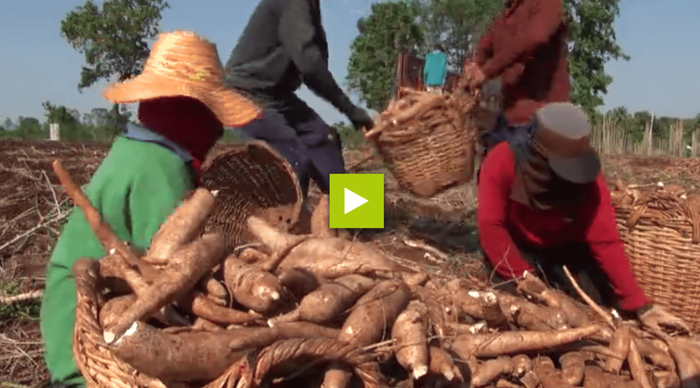Cassava is grown world for its starch and edible tubers but is affected by pests and diseases. Mealybugs are one of the serious pests of cassava and need to be managed.
Mealybugs are of different types and each has a different shape. They can be white, pinkish or greenish. They can all be controlled the same way. Mealybugs can be spread by wind, water and humans and the mealybug attacked cassava produces small tubers.
Control practices
Mealybugs are managed and controlled by a number of practices which include eliminating and burning infected crop residues after harvesting of cassava. This prevents transmission of the mealybugs to the next season. Crop rotation with crops like maize, sugarcane or any other non host crop of mealybugs. You can again plant cassava after the other crop has been harvested. Early planting of cassava the onset of rains as it washes away the mealybugs hence having few of them or none on the plants.
Beginning with healthy planting materials and disinfecting plant materials. These aim at planting cassava stems that are free from mealybugs. Regular field inspection throughout the season to remove any plant parts affected by mealybugs to reduce on disease spread. The removed parts are then burnt to kill the mealybugs.



















